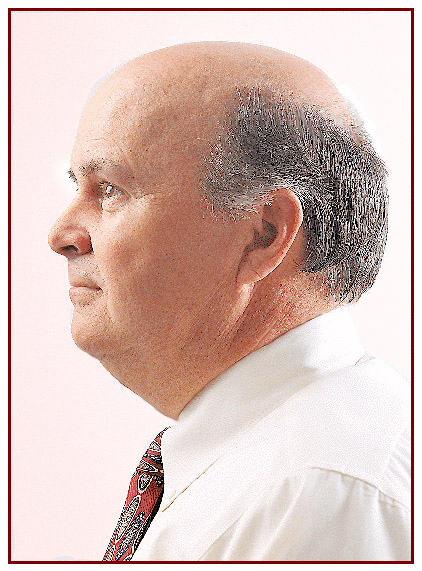Cover Story (sidebar) / May 1996
A Vote for NT:
Good Performance, Mainstream Integration
Tom R. Halfhill
| Larry Blevins believes Windows NT is good for your
health. Or at least that it's good for the 261,000 people
enrolled in the Harris Methodist Health System (Fort
Worth, TX), the "fastest-growing health-maintenance
organization in north Texas." Blevins and Harris Methodist
have bet heavily on NT Advanced Server, and so far it's a
bet that is paying off. "Our entire HMO runs on the client/server Windows NT-AS platform," says Blevins. "We're getting great performance, and that's the best testimonial you can get." Harris Methodist operates six hospitals, a hospice program, and an air ambulance, and it has 8000 employees and 3600 participating physicians. Revenues last year topped $800 million. Yet, even though most professional health-care software runs on MS-DOS and Unix, Harris Methodist began building its client/server system with NT nearly three years ago after extensive evaluation at its own test center. Today, Harris Methodist has 200 servers, and almost all of them are running NT. Most of the servers are Compaq Proliant 2000 and 4000 systems with 486 or Pentium CPUs. They connect to about 4000 PCs, mostly 486-based IBM and Compaq systems, with a smattering of older 386 and newer Pentium machines. Some mobile workers have IBM ThinkPads. Almost all the PCs are running Windows for Workgroups 3.11, though a few run NT. In the back office, the whole network ties into a pair of IBM 9000-series mainframes. Employees at Harris Methodist primarily use their computers to process claims, issue checks, maintain the membership database, track finances, and exchange E-mail. They use off-the-shelf software — including Microsoft Office, which Blevins calls the "corporate standard" — and custom applications written with SQL Server, Visual Basic, Microsoft Access, Borland C++, and Borland Delphi. Before switching to NT, the company was much smaller and had only 10 to 15 servers running OS/2 and AIX. NT emerged as the server OS of choice, according to Blevins, because it seemed less complex and more modern. "Unix is closer to the mainframe, as far as complexity is concerned," he says. "It has its roots in the mainframe era, whereas NT was designed from the roots up in the desktop PC era." Blevins says he has more confidence in NT's future. He notes that AT&T sold its Unix source code and Unix Systems Laboratories (USL) to Novell, which in turn sold them to SCO — and each time they changed hands, the price went down. He also points to Dataquest's projection that Unix market share will dwindle to less than 2 percent by the end of the century. "I'm not predicting the demise of Unix or anything like that," he says. "But I think Unix is becoming more of a niche OS than a mainstream OS. That'll probably raise a few hairs, but I think it's true."  Larry Blevins, Harris Methodist Health System
Copyright 1994-1998 BYTE |